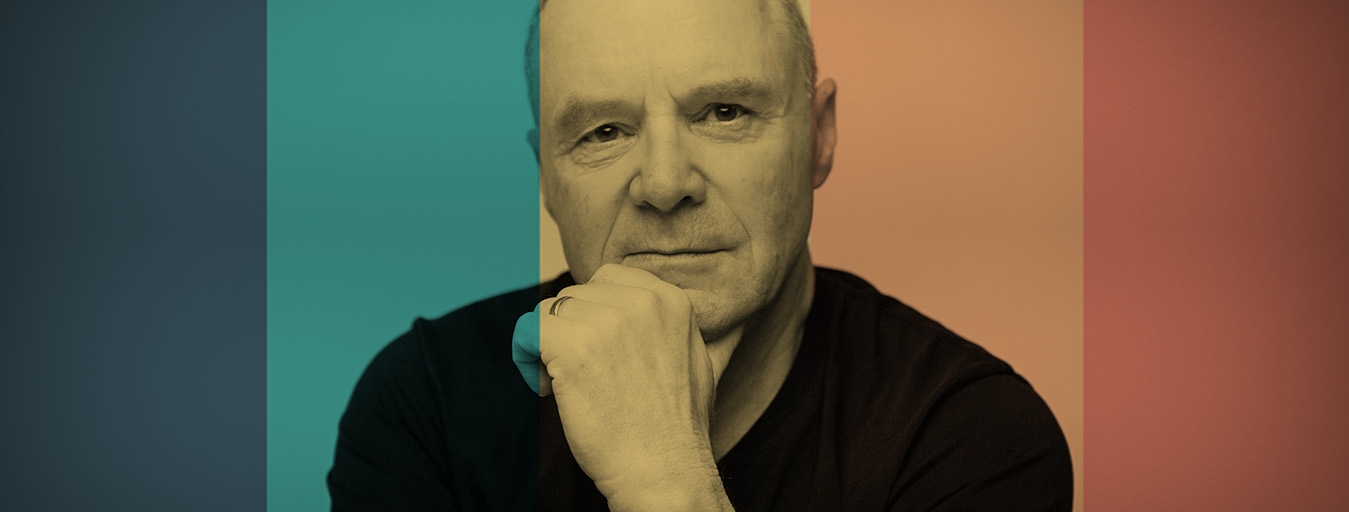Driving Successful Transitions with Coaching
Author: Team xMonks | Published on: Sat, 31 Oct 2020 04:53:26 +0000

What is the next step?
A transition is all about answering this question. It is to help your client acknowledge the unknown and address it to achieve a smooth transition.
Most organizational development and human resources processes expect a Coach to execute smooth transitions. You could be dealing with a new client or an existing one, you would still not know the obvious or best next step for your client.
It would get even more complex when you have to tackle a new arena. These vary from transitions pertaining to career, relocation, team reconfiguration, new role shift or job shift.
HBR throws light on the reality that, “Managers expect they will be able to identify, plan for, and influence all the variables and players in advance, but they can’t. Nobody is that smart or has that clear a crystal ball. They can, however, create an ongoing process of learning and discovery, challenging the people close to the action to produce results—and unleashing the organization’s collective knowledge and creativity in pursuit of discovery and achievement.”
3 questions to decipher before attempting transition conversations
This learning process needs to be aided by the assigned Coach. If you have to successfully implement a smooth transition for your client, answer these questions:
- How to ensure successful transitions for your clients from one role to another, a country to another, and across organizations?
- How to set up your clients for success and avoid nasty surprises when they land in the job?
- How to coach young leaders, middle managers, or even senior leaders during transitions?
Tony Latimer addressed the topic, “How to be a Coach who guarantees successful transition for your Clients?” in his Coaching Matters session on 28th October, 2020.
If you choose to be a ‘transition coach’, here is what is expected of you.
- Manage stress
- Help overcome procrastination
- Develop self-management strategies
- Create your vision, mission, and align them to your values
- Develop emotional intelligence
- Manage career transition
Being a Coach, be wary of the fact that you need to identify and address the following aspects before moving on.
- Transform imposter syndrome
- Grow your self-belief and confidence
- Get clarity on the direction
- Create balance and harmony between life and career
- Discover unique strengths
Tony Latimer’s advice to Coaches
Organizational change and the idea that there is a need for one is where ‘transition’ begins. When people shift from one role to another, or a job to another, or move from one country to another, Tony Latimer has spotted some emerging patterns.
Taking cue of these patterns helps in the process of transition coaching.
- Organizations that come to you early on for transition coaching rather than coming after the transition are the proactive ones.
- The problem is always the same. Your client and the organization are not on the same page. And, the client in these scenarios begins with a mindset that they do not need coaching.
- With failed transitions, that is when a person does not work after a promotion and you need to coach them, the problem to change gets difficult. Because it is unclear what they really want to change.
How to handle a person’s inability to align with the organization’s purpose?
In transition coaching, you are hired by the organization. To help someone align with the organization’s purpose does not happen in a single conversation or coaching session. And, to resolve this you need to talk to others in the organization too. Except for the CEO who may only have the board above that person, I talk to the immediate boss/ reporting manager of the person who I am coaching.
And often, when a person is told that a Coach is being brought in to talk to the person, it feels like something is wrong. It is not perceived to be a welcoming change always. Especially, the client finds it intimidating that the need for a Coach arose.
And, here the role of a transitioning coach is to coach the organization, HR, the boss and the client. It should lead to uncover the truth and lay it out in safe space.
As a transition coach what does it mean to work with the HR, the boss, and the rest of the organization?
Coaching is a skill that we scale and how we apply it. It could happen even as a simple statement in a single sentence. Coaching need not be meeting people sessions after sessions.
Coaching is all about helping people understand where they are now and where they want to be later.
What are the different emotions or phases a person goes through during transition and the behavioral shift that one experiences this journey?
When someone realizes that they have to change, that’s when the emotional element pitches. Change does not take too long when one has decided it. Once the decision for change is made, the execution of change is almost instantaneous.
Most behavioral change happens as you start doing this and stop doing that. Coaching for behavioral change is instantaneous. The execution applied to make the change happen is very interesting.
Phase 1: Begin with a lot of excitement.
Phase 2: Identity crisis. People experience the emotions of walking the tightrope. When you reach the middle of the rope, which is the cusp phase, you neither belong to space you left nor do you belong to the space where you have not yet reached.
What are the common traits of a person that makes transition a smooth process?
These are people who are self-coaching themselves in the absence of a Coach. If a transition coach is on the field, then it is about setting the right expectations. The next aspect is ensuring stakeholder mapping is done well. This helps a smooth process during transition.
What is a step-by-step approach to become better transition coaches?
You can’t coach somebody on something they don’t know. You start with coaching, but listen out for the need for some learning.
If you cannot let the change happen, then what could you do? Ensure people realize that the change that you are introducing is not an option.
Create a safe space and help them be vulnerable.
And, before a transition happens ensure these three areas are touched upon irrespective of internal or external coach.
- Are they absolutely about how the new job looks like?
- What do they need to learn in order to step into that job and how will they learn that?
- As you think about going and doing the new what are your deepest fears and what are you terrified about?
- Be prepared to do in-the-moment fun stuff when they start responding to reality.
Frequently asked questions
Frequently Asked Questions
Transition coaching simplifies your transition to a successful career by supporting you to acquire the information, thinking and skills needed to build a professional life on your own terms.
A transition coach helps you to explore what modifications to make. You know something has to change, but you don't recognize what the new objective is. When you set fresh objectives, the transition coach guides you.
An organisational transition change is one in which a company replaces the current process or sequence of steps with a fresh one.
Effective coaching is all about attaining targets. The coach helps the person identify important ones and discover steps or measures to fulfill them. The coach helps to clarify performance targets or measures keeping the employee responsible for them.
Behavioral change can be a temporary or permanent effect that is considered to be a change in the behavior of the person compared with the previous behavior.




.png)